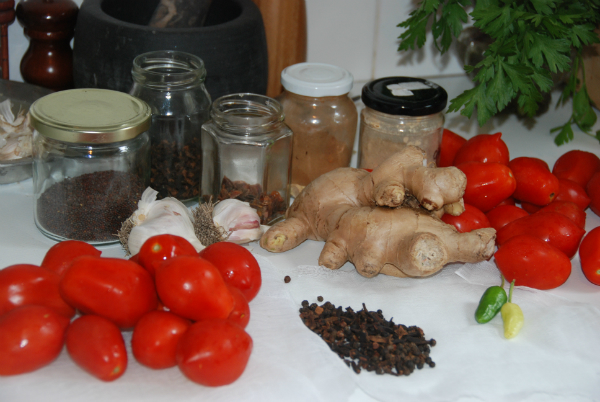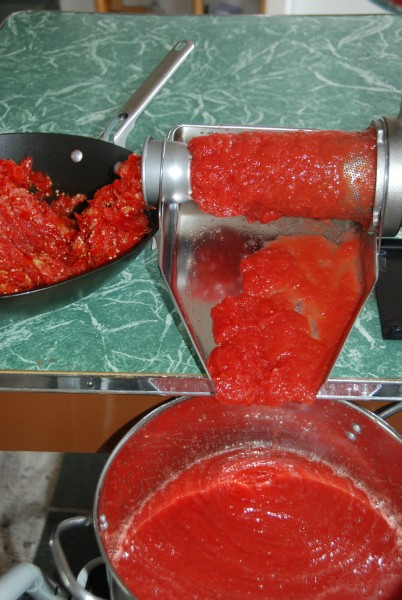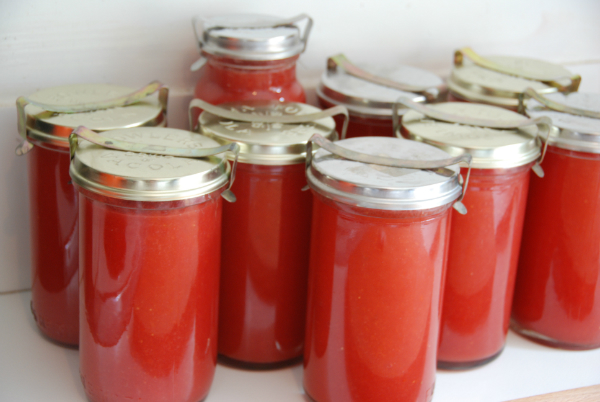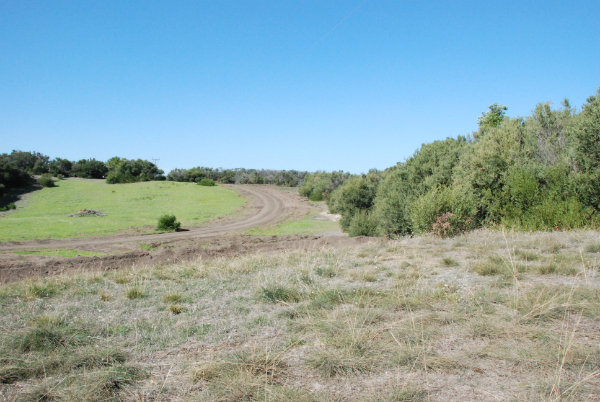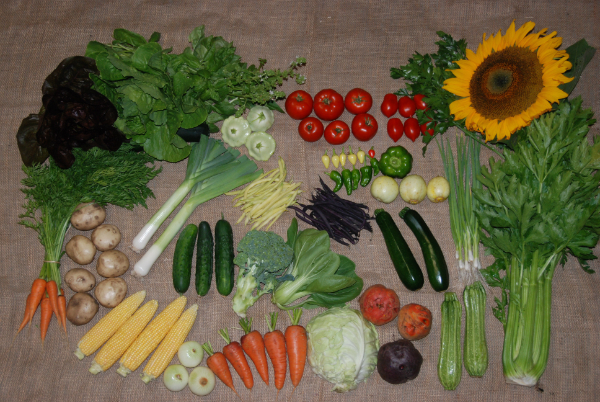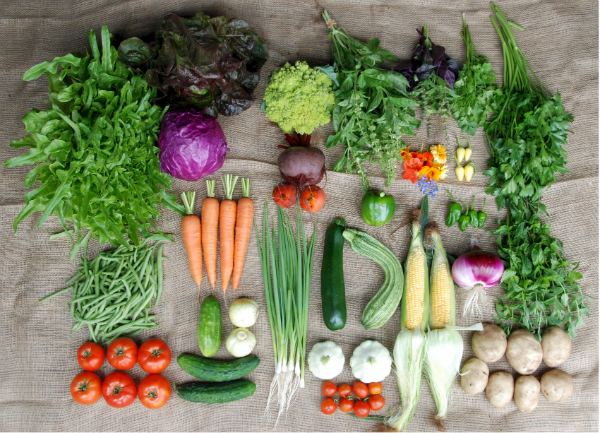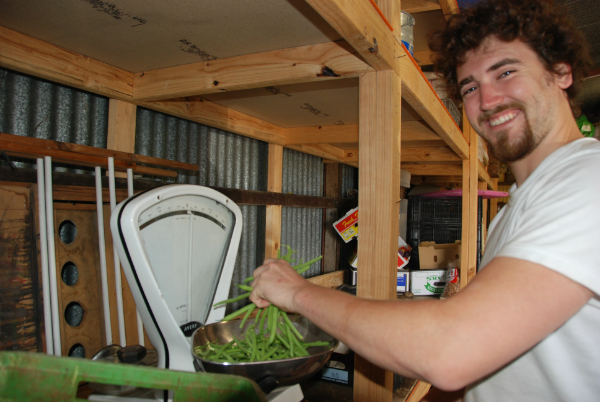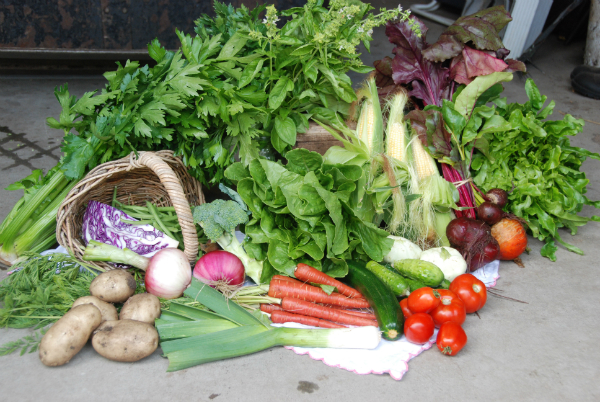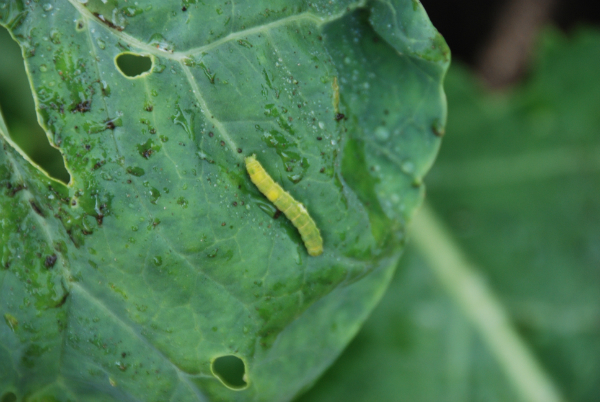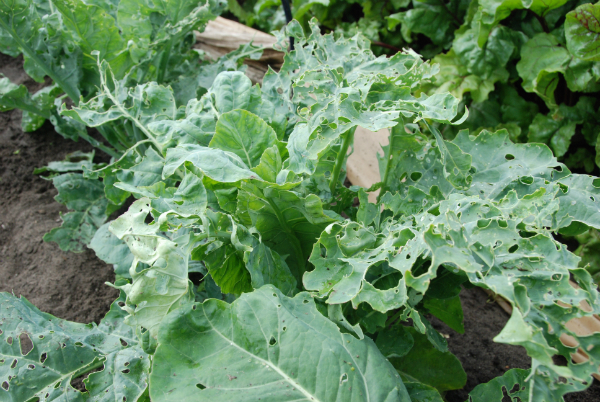Preserving, fermenting, and freezing
/My great aunt lived in a 200 year old house with a walk-in pantry that always smelled of cloves and all-spice berries and a cellar with stairs lined with filled preserving jars. Winters froze the soil in her part of the world and preserving was an essential chore.
Here on the Peninsula, we are very lucky to live in a climate that allows four-season vegetable gardening and harvesting. While we love eating seasonally, we have spent the past three weeks preserving, fermenting and freezing the last of our summer harvest to have as additions to our autumn, winter and spring meals. Preserving is not only a great way to extend the season of some of our cold tender vegetables and seasonal fruits, it is also an age-old practice differing in flavours and techniques from culture to culture.
Besides the corn, which we blanched, cut off the cob and froze in little ziplock baggies, we put the other prepared condiments into cleaned, used jars with new lids we found here. Condiments not only taste good, some also aid the body's digestive juices, lower blood sugar levels, guard against cancer, and help balance the energy of a meal.
In addition to the Ball's Blue Book Guide of Preserving which is still available and widely used...at least in the United States, I found a book by Liana Krissoff, Canning for a New Generation: Bold, Fresh Flavors for the Modern Pantry. Liana was raised in a preserving family, has written two other cookbooks and writes a blog as a foodie and mother Pie and Beer. I am enjoying her canning book and have loved her use of fruit for natural pectin and other sugar reducing recipes. She writes for the home kitchen - The recipes produce small amounts that only require equipment that most kitchens already have. The recipes are also seasonally written...which made me think of our CSA Summer Share Trial members and home gardeners struggling with what to do with more zucchinis, cucumbers and tomatoes.
Then there is Sandor Ellix Katz's book Wild Fermentation and my grandfather's recipe for Kosher Dill Pickles. The smell of them fermenting under a tea towel has been wonderful...re-awakening a smell memory from my childhood while making my mouth water for the taste of a good not overly sweet nor sour pickle!! Naturally fermented foods like sauerkraut, pickles, kimchis and yogurt are great digestive aids and a protection against disease. The pickles taste delicious and I am very excited to see how our fermented beetroot relish will turn out.
I am also really enjoying Pietro Demaio's book "Preserving the Italian Way"
Several local friends have generously shared their family recipes as well. Tomato chutney, tomato sauce, tomato relish and a tomato Kasundi recipe from Marieke Brugman of Marieke's Art of Living. Marieke is a passionate, highly regarded chef and a world traveller. Her website contains a great recipe library and culinary seasonal inspirations. It is a wonderful resource offering a traditional Chinese medicine insight into our seasonal produce and herbs. She is also hosting a Mornington Peninsula gourmet weekend in August that includes local, seasonal produce and ingredients and cooking instruction!
While the cupboards are filling up and there seems to be a constant warm spot on the floor from the large Fowlers pot, until all of the summer crops have been tilled in, I keep finding recipes to try. The tomatoes have succumbed to green shield beetle damage and late blight with the rain. The last of that harvest is ripening in the shed...and there is still salsa and green tomato relish to make...and then we move on to figs and quinces!





